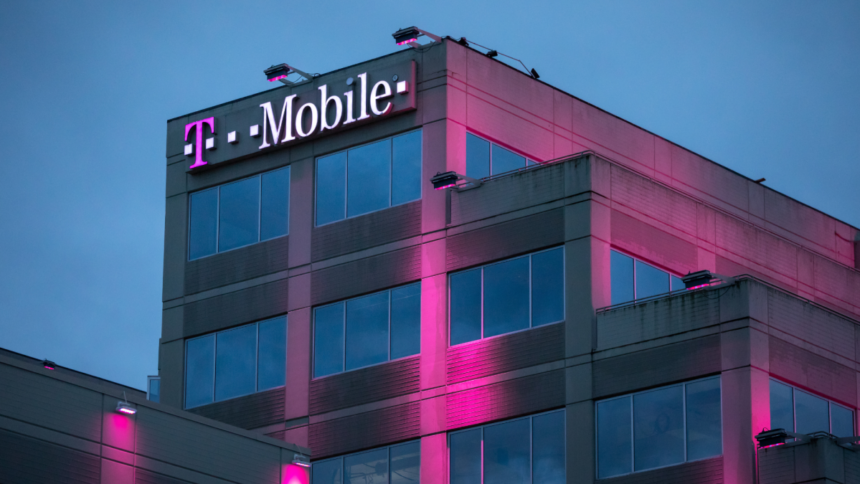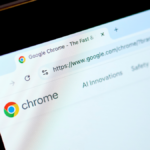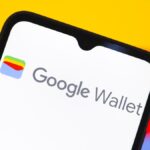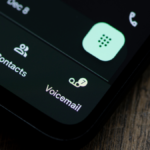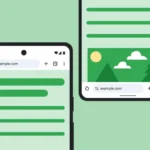T-Mobile Expands Starlink Beta Access to All Users
In February, T-Mobile hinted at the potential for all U.S. residents to gain beta access to Starlink. The company has indeed followed through: Starlink is now available for a complimentary three-month trial, even for those who aren’t T-Mobile subscribers.
Here’s the background: In December, T-Mobile revealed a collaboration with SpaceX to deliver Starlink services to its customers. Then, in January, the beta program commenced, albeit limited to users with certain recent Samsung models.
Things evolved further after Apple’s launch of iOS 18.3. It appears Apple partnered with SpaceX and T-Mobile to introduce Starlink compatibility for iPhones, though this was not explicitly mentioned in the update. Furthermore, T-Mobile started approving select Pixel 9 users, broadening the beta to include devices from Apple, Samsung, and Google.
During a Super Bowl Sunday commercial, T-Mobile announced the opening of its Starlink beta to all U.S. residents, encompassing users of both Verizon and AT&T. Though some limitations applied, interested parties could express their desire to experience T-Mobile’s satellite service.
As of June, the beta program has officially become accessible to everyone, irrespective of their mobile provider. T-Mobile is also rolling out some notable perks at no cost: subscribers will enjoy access to T-Mobile’s 5G network, with 50GB of data and unlimited text messaging, as well as various benefits like discounted movie and concert tickets, travel perks, and promotional offers every “T-Mobile Tuesday.”
Joining the T-Mobile Starlink Beta
To participate in T-Mobile’s Starlink beta, you must first have a compatible unlocked device equipped with eSIM functionality. A comprehensive list of approved devices can be found on T-Mobile’s official Starlink page and includes:
Apple Devices
- Apple iPhone 13
- Apple iPhone 13 mini
- Apple iPhone 13 Pro
- Apple iPhone 13 Pro Max
- Apple iPhone 14
- Apple iPhone 14 Plus
- Apple iPhone 14 Pro
- Apple iPhone 14 Pro Max
- Apple iPhone 15
- Apple iPhone 15 Plus
- Apple iPhone 15 Pro
- Apple iPhone 15 Pro Max
- Apple iPhone 16
- Apple iPhone 16 Plus
- Apple iPhone 16 Pro
- Apple iPhone 16 Pro Max
Google Devices
- Google Pixel 9
- Google Pixel 9 Pro
- Google Pixel 9 Pro XL
- Google Pixel 9 Pro Fold
Motorola Devices
- moto razr 2024
- moto razr+ 2024
- moto razr 2025
- moto razr+ 2025
- moto razr ultra 2025
- Motorola Edge 2024 (coming soon)
- moto G 2024 (coming soon)
- moto G Stylus 2024 (coming soon)
- moto G 5G 2024 (coming soon)
- moto G Stylus 5G 2024 (coming soon)
Samsung Devices
- Samsung Galaxy A36
- Samsung Galaxy A36 SE
- Samsung Galaxy A54*
- Samsung Galaxy S21
- Samsung Galaxy S21+
- Samsung Galaxy S21 Ultra
- Samsung Galaxy S21 FE
- Samsung Galaxy S22
- Samsung Galaxy S22+
- Samsung Galaxy S22 Ultra
- Samsung Galaxy S22 FE
- Samsung Galaxy S23
- Samsung Galaxy S23+
- Samsung Galaxy S23 Ultra
- Samsung Galaxy S23 FE
- Samsung Galaxy S24
- Samsung Galaxy S24+
- Samsung Galaxy S24 Ultra
- Samsung Galaxy S24 FE
- Samsung Galaxy S25
- Samsung Galaxy S25+
- Samsung Galaxy S25 Ultra
- Samsung Galaxy S25 Edge
- Samsung Galaxy XCover7 Pro
- Samsung Galaxy Z Flip3
- Samsung Galaxy Z Flip4
- Samsung Galaxy Z Flip5
- Samsung Galaxy Z Flip6
- Samsung Galaxy Z Fold3
- Samsung Galaxy Z Fold4
- Samsung Galaxy Z Fold5
- Samsung Galaxy Z Fold6
- Samsung Galaxy A14 (coming soon)
- Samsung Galaxy A15 (coming soon)
- Samsung Galaxy A16 (coming soon)
- Samsung Galaxy A35 (coming soon)
- Samsung Galaxy A53 (coming soon)
- Samsung Galaxy XCover6 Pro (coming soon)
Note that certain non-T-Mobile models of the Galaxy A15 and A53 may not connect to satellite services.
T-Mobile Devices
- T-Mobile REVVL 7 (coming soon)
- T-Mobile REVVL 7 Pro (coming soon)
Next, visit T-Mobile’s official Starlink page and click on “Register for the beta now” or scroll to the registration section. Required information includes your first name, last name, email address, and phone number. Importantly, any user on any carrier can apply to join the beta program, with no T-Mobile subscription necessary.
Upon receiving approval, T-Mobile will send an invitation via email. Verification of your number will follow, along with a check for your eligibility. Additional details will be necessary, such as billing address and credit card information. After the 90-day trial concludes, T-Mobile plans to charge a monthly fee of $10 for satellite connectivity, representing a $5 savings from their standard rate.
While signing up, T-Mobile suggests downloading the T-Life app. However, note that the app’s default setting records your screen during use, so users should manually disable this feature for privacy purposes.
The Significance of Satellite Connectivity
The ability to connect a smartphone to satellites marks a revolutionary milestone. This advancement obliterates concerns about losing cellular signals or being out of range of Wi-Fi networks. As long as there’s a reasonably clear sight of the sky and you fall within the coverage area, you’ll stay connected.
It’s important to note that this satellite feature activates only when conventional cellular service is unavailable. In such instances, your device will automatically link to the nearest satellites. Users cannot manually connect to satellites when a network connection is present.
Currently, T-Mobile’s Starlink beta supports texting and location sharing. The company intends to enhance this service to include voice and data coverage in the near future. According to Elon Musk, the existing Starlink system may also support medium-resolution image transfers, music, and podcast streaming. Even while T-Mobile’s current offerings are limited to text messaging and location sharing, this capability can be a lifeline during emergencies, allowing users to reach essential services or contacts when other connectivity options are unavailable.
Moreover, this isn’t the first instance of iPhones utilizing satellite connections. Apple introduced satellite connectivity with the iPhone 14 in 2022 through its “Emergency SOS via Satellite” feature. Subsequent to this, the functionality was expanded with iOS 18, allowing users to send messages to any contact—not just emergency services.
For the past couple of years, Apple collaborated exclusively with Globalstar Inc. for its satellite services. Now, if you possess an iPhone and have joined the T-Mobile beta, your device will primarily connect to SpaceX’s satellites, although you can still opt for Apple’s dedicated satellite services if desired. Notably, while Apple’s satellite feature requires users to point their phones toward the sky to establish a connection, the Starlink service connects automatically.
This article was updated on Tuesday, June 3, to reflect T-Mobile’s initiative to make the Starlink beta accessible to all.


